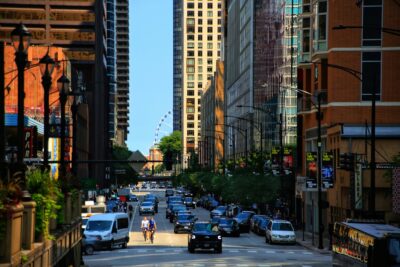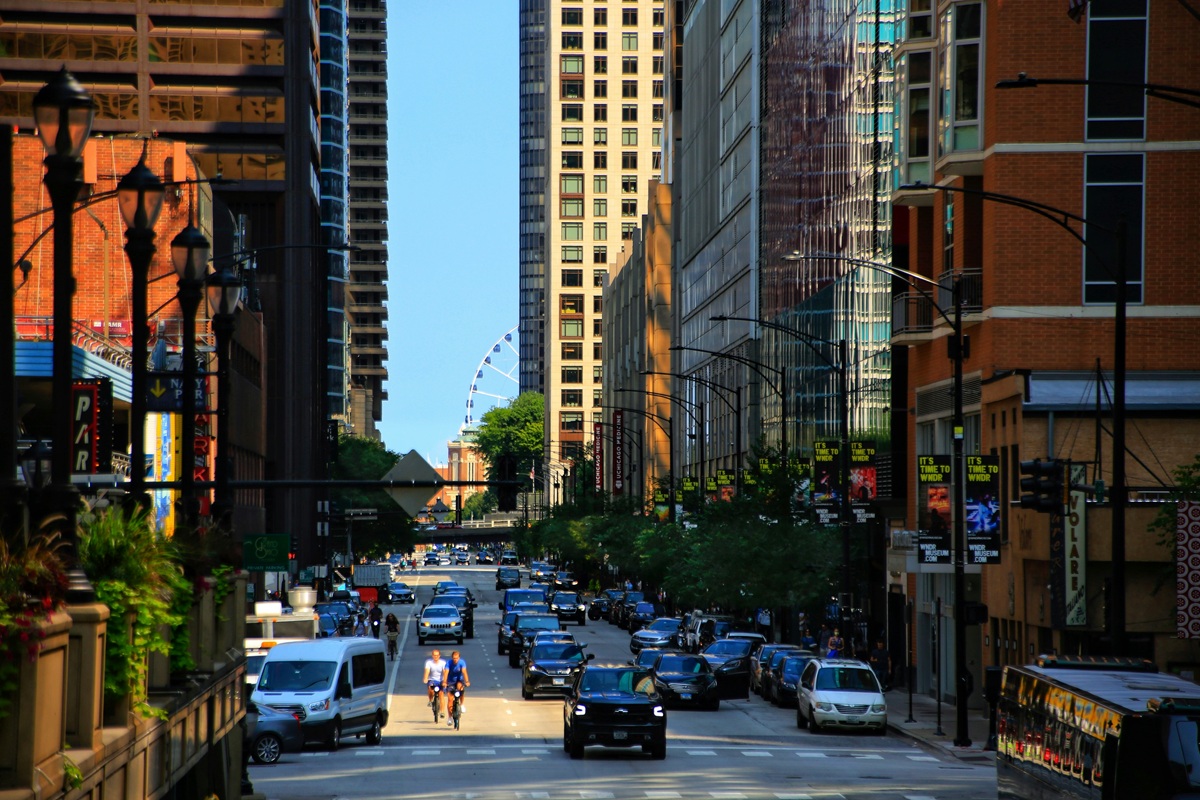Why More Americans Are Leaving Cities for the Suburbs Over the past few years, a quiet but powerful shift has been seen across the United States/Amer
Why More Americans Are Leaving Cities for the Suburbs
Over the past few years, a quiet but powerful shift has been seen across the United States/America. Many people are trading the fast-paced energy of big cities for the slower, calmer rhythms of suburban life. While this trend had been building for some time, the COVID-19 pandemic accelerated it dramatically as it forced most people out of town. Remote work, rising housing costs in urban centers, and the search for more family-friendly lifestyles have all fueled the movement.Why More Americans Are Moving to Smaller Cities.

Let’s take a closer look at why so many are making the leap and how it’s reshaping communities nationwide.
Remote Work Changed Everything in America
Before 2020, working from home was often seen as a luxury that means it was an option. But the pandemic proved that millions of jobs could be done remotely without sacrificing productivity. By 2023, nearly 13% of full-time employees worked entirely from home, while more than a quarter were in hybrid roles.
This flexibility gave people the freedom to rethink where they lived. Instead of being tied to expensive urban apartments close to the office, workers could relocate to places that better matched their lifestyle and budget.
Tech giants like Meta and Twitter made remote work a permanent option for many employees, and countless smaller companies followed the suit. For some, this meant the opportunity to swap a cramped city apartment for a spacious suburban home with a yard.
Take, for example, a couple who left New York City for a small town in the Catskills. They were drawn to fresh air, hiking trails, and scenic views. But they quickly discovered that country life came with trade-offs—like missing the creative energy and social connections the city provided.
Affordability and Space Matter: Why More Americans Are Moving to Smaller Cities
For many Americans, affordability is the biggest factor driving the move to small cities provided that thre in an internet connectivity. Housing prices in major metros like Los Angeles, Chicago, and New York have skyrocketed in recent years. The U.S. Census Bureau reported that large cities lost around 750,000 residents in 2021 alone, and the outflow has continued since.
Meanwhile, suburban areas and small towns are booming. A prime example is Granbury, Texas, which has grown nearly 20% since 2020 and continues to attract newcomers seeking affordable homes and more space.
Put simply: a dollar stretches farther in the suburbs. Families can buy larger homes, enjoy backyards, and build the kind of lifestyle that would be financially out of reach in urban centers.
Lifestyle Shifts and Family Priorities: Why More Americans Are Moving to Smaller Cities-
The pandemic made many people rethink what truly matters. For families, the suburbs often mean safer neighborhoods, larger living spaces, and easy access to parks and green spaces. These factors contribute to stronger mental well-being and more time spent together as a family.
Consider a family that moved from a dense city neighborhood to a suburban community. Suddenly, their kids had a yard to play in, the parents had home offices, and weekends were filled with outdoor activities instead of traffic jams. For them—and many others—the move wasn’t just about saving money, but about creating a healthier and more balanced lifestyle.
Who’s Driving the Migration?
Several groups are fueling the suburban surge.
-
Millennials, now entering their 30s and 40s, are increasingly choosing suburban life as they start families and prioritize stability over nightlife.
-
Retirees are also a big part of the picture, trading city condos for quieter communities where the cost of living is lower and healthcare is easier to access.
Together, these two groups are reshaping suburban communities, creating a mix of young families, professionals, and older adults.
Real-World Hotspots
Data shows that suburban migration is not just anecdotal—it’s widespread.
-
Los Angeles County lost nearly 300,000 residents between 2020 and 2022.
-
Cook County, Illinois (home to Chicago) lost more than 160,000 in the same period.
-
On the other hand, areas like Myrtle Beach, South Carolina, and Boise, Idaho, have surged in popularity thanks to affordable living, outdoor recreation, and strong community vibes.
Even cities like Nashville, Tennessee, are attracting movers who want the best of both worlds—a lively culture paired with suburban affordability.
The Challenges of Suburban Life
Of course, life outside the city isn’t perfect. Many new suburban residents report feelings of isolation, especially after leaving behind the built-in social and cultural opportunities of urban living.
There’s also a practical issue: suburbs are heavily car-dependent. This means longer commutes, more traffic, and growing strain on local infrastructure as populations swell.
The Housing Market Impact
The surge in suburban demand has sent home prices soaring. In fact, median suburban home prices jumped nearly 14% in 2022, outpacing growth in most urban areas.
The result? Fierce bidding wars, tight inventory, and challenges for first-time buyers. Some experts even warn of a suburban housing bubble. Many hopeful homeowners are now turning to rentals or fixer-uppers just to get a foot in the door.
Looking Ahead: The Future of Suburban Living – Why More Americans Are Moving to Smaller Cities
So, will the suburban shift last? Most signs point to yes. Remote and hybrid work aren’t going away anytime soon, and families will likely continue seeking affordability, safety, and space.
That said, cities are unlikely to fade into irrelevance. Many urban areas are already reimagining themselves—adding more green spaces, pushing for affordable housing, and improving public transit to stay competitive.
The reality is that both cities and suburbs will evolve. For some, the city’s energy will always be worth the cost. For others, the slower pace and affordability of suburban life offer a better path. What’s clear is that the pandemic has forever changed how Americans think about where—and how—they want to live.




COMMENTS